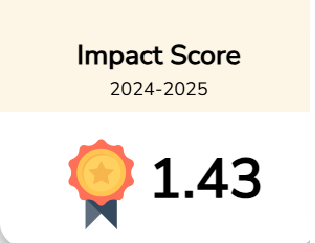Assessing the Symptoms of Borderline Personality Disorder in Young Adults Studying in Private Universities of Lahore
Downloads
Borderline Personality Disorder (BPD) is on focus due to its intense and long-lasting symptoms. BPD is considered a psychological disorder of young adults, as its major symptoms start revealing at the beginning of young adulthood in the early 20s. The aim of this study was to assess BPD and its symptoms in the young population of students achieving higher education in private universities of Lahore, Pakistan. A stratified sample of 700 university going students was collected from three high ranked private universities of Lahore. The sample was collected and assessed through Borderline Personality Inventory (BPI-cut 20). The results obtained through the descriptive statistics revealed the high percentage of BPD in young adults (62%). Further, a high percentage of BPD was observed in a group of students ages 18- 21 years (63%). The four factors of BPD: Primitive Defense Mechanism, Identity Diffusion, Fear of Closeness, Self-Mutilation, and Impulsivity were equally found among the male and female samples. The independent sample t-test revealed the significant results obtained from the factor self-mutilation (Male: M=.21, SD=.405 and Female: M= .14, SD= .346, t=2.350, p=0.019) and impulsivity (Male; M=.35, SD=.479 and Female: M= .403, SD= .021, t= 4.482, p= 0.000). The results of this study concluded BPD and its factors were frequently being found in young adults studying in universities. Further, no significant gender differences were observed other than in two factors self-mutilation and impulsivity. It is recommended that there is an essential need to promote the health and wellbeing of the young population of students especially studying in universities because the evidence suggests that they are at risk. They further need assessment and intervention.





